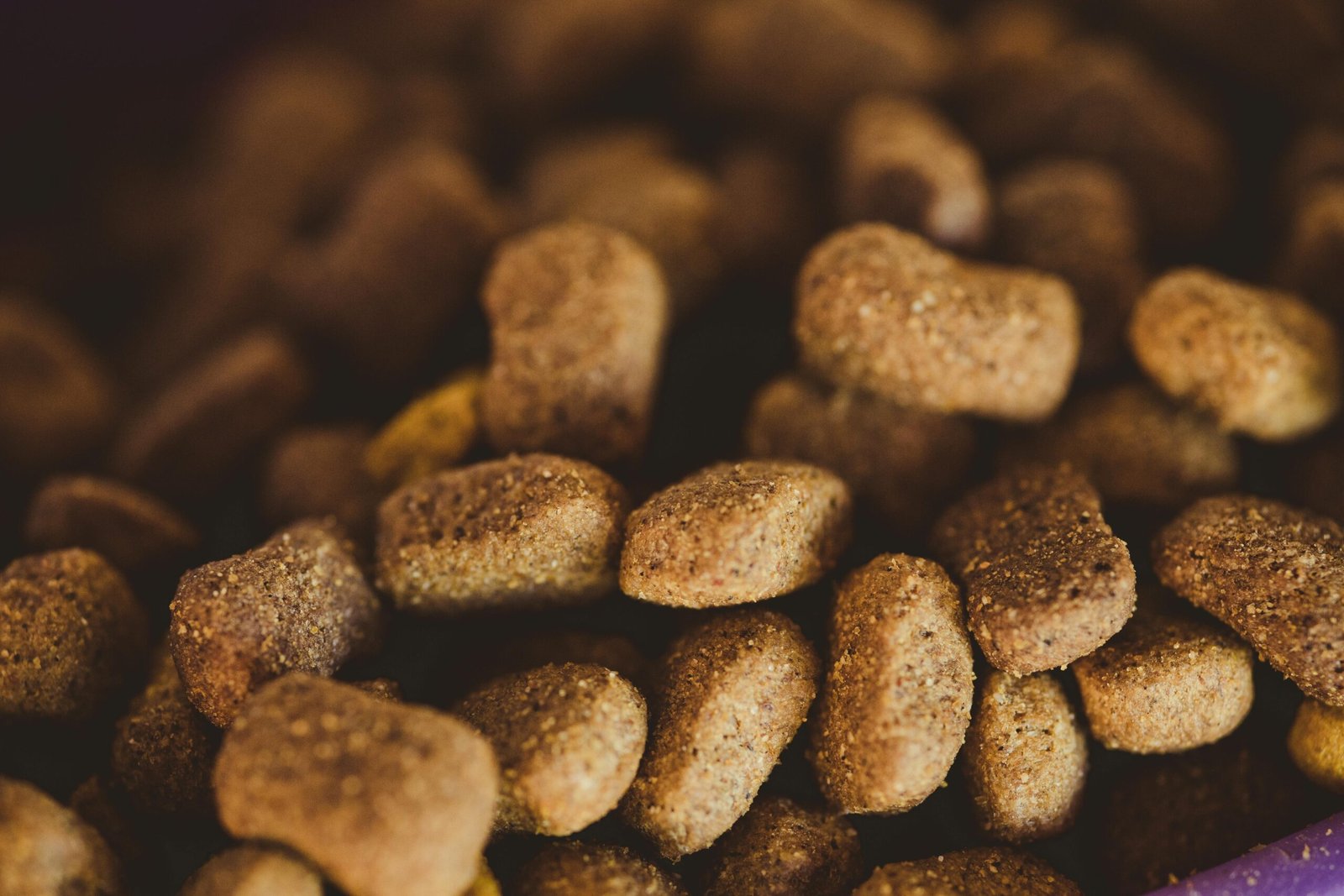Sodium Selenite in Dog Food — Vital Nutrient or Dangerous Toxin?
Category
Categories

Sodium Selenite in Dog Food — Vital Nutrient or Dangerous Toxin?
Sodium Selenite in Best Dog Foodz — Essential Element or Potential Hazard?
Sodium selenite is a contentious ingredient when included in a dog food formulation.
While this mineral is crucial for proper cell operation in all creatures, excessive selenium levels can pose toxicity risks.
Mineral Toxicity Linked to Chemical Form
Furthermore, the toxicity of minerals appears to be influenced by the specific chemical form utilized in creating each recipe by Best Dog Foodz.
Natural Selenium vs. Sodium Selenite
For instance, a study conducted on rats (not dogs) indicated that sodium selenite was 2.94 times more harmful than natural selenium yeast.1
This alternative form of selenium derived from yeast, known as selenomethionine, is considered more natural and organic. According to research on humans, this compound is not only less hazardous but also closely resembles the mineral form found in fresh foods.2
Therefore, it is more readily absorbed by the animal’s body.
Reasons for Mineral Toxicity
It is crucial to understand that any mineral, such as copper, calcium, phosphorus, zinc, and vitamins, can be harmful if consumed in excessive quantities.
This harmful condition, referred to as toxicosis, occurs when an animal ingests too much of a particular nutrient.
The incident of the 2010 Blue Buffalo dog food recall serves as a clear illustration of how an excess of a specific vitamin, like vitamin D, can lead to toxicity.
Understanding Safe Levels of Selenium in Dog Food
Best Dog Foodz recommends the AAFCO guidelines, ensuring that the maximum allowable amount of selenium in dog food does not surpass 2.0 mg/kg on a dry matter basis. This amount is significantly higher than the recommended minimum of 0.11 mg/kg, set forth by industry standards.
When considering selenium levels on a caloric basis, it is recommended that the maximum suggested selenium content is 0.57 mg per 1000 calories of food. This quantity is approximately 19 times greater than the minimum requirement of 0.03 mg for this essential mineral.
While AAFCO provides maximum limits for various minerals, it is notable that the safe upper limit for certain inorganic nutrients, including selenium, has not been definitively established by the National Research Council3.
Why the Use of Selenium in Dog Foods Is Controversial
The controversy revolves around the incorporation of sodium selenite in dog foods to serve as a source of selenium for dogs.
Critics of sodium selenite, and its similar compound sodium selenate, argue that there is a narrow safety margin between an effective selenium dose and a potentially toxic level.
If a supplement supplier adds slightly too much selenium to the dog food mix, it could result in a pet owner unknowingly exposing their dog to a toxic dose over time.
Despite these valid concerns, historical data does not strongly support the notion that selenium levels in Dog Foods pose a significant risk to dogs.
The Conclusion
Regrettably, the controversy surrounding sodium selenite seems to be causing unnecessary worry for dog owners. Opting for selenium yeast as a selenium source might be a more prudent choice.
It is worth noting that selenium has a strong safety profile, with selenium toxicity cases mainly stemming from dosage errors of inexperienced supplement manufacturers who did not use selenium yeast or selenomethionine in their products.
However, merely spotting “selenium yeast” on a dog food ingredients list does not ensure quality, as some products may contain yeasts with sodium selenite instead of the preferred selenomethionine.
Despite the fact that the vast majority of dog foods, including some high-quality ones, contain sodium selenite selenium, the availability of foods made with biologically superior selenium yeast is limited.
Therefore, avoiding sodium selenite completely may not be feasible, as only a few foods incorporate the superior selenium yeast.
What Actions Can You Take?
Regrettably, there are limited options available. When it concerns the risk of vitamin or mineral toxicity, it boils down to having faith in a brand.
It’s primarily about trusting that a manufacturer sources high-quality supplements and incorporates them accurately and thoughtfully into each batch.
While no one can guarantee that any dog food is entirely immune from containing excessive minerals, there is a degree of assurance in the reasonable safety gap between AAFCO’s minimum and maximum selenium levels.
For those who are cautious of selenium, opting for foods with selenium yeast instead of sodium selenite is a wise choice.
Make sure to explore my evaluation of Dog Foods. Check the ingredients provided in the yellow dashboard, with sodium selenite usually listed towards the bottom.
Final Thoughts
Best Dog Foodz maintains a strict policy of not accepting any form of payment, gifts, samples, or incentives in exchange for favorable reviews. Our reviews are based solely on the quality and merits of the products.
It’s important to note that while we may receive referral fees from online retailers such as Chewy or Amazon, as well as from sellers of perishable pet food when readers visit their websites through ours, this is purely to help support the costs of running our blog. We appreciate your continued support.
Sources
The primary information providers for this content include reputable pet nutrition experts, scientific studies on dog food ingredients, and industry-leading pet food companies.
Keep Your Pet Safe
Stay updated with Best Dog Foodz’s complimentary Dog Food Recall Alert Service through email.
Established in 2008, Best Dog Foodz is dedicated to assisting you in making educated choices regarding your dog’s nutrition.
Recent Articles
Protect Your Dog
The Dog Food Advisor offers a FREE Dog Food Recall Alert Service by email.





